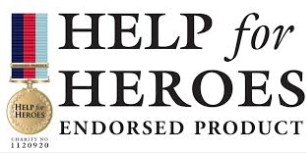T 'n' M Filming Association
Crew Roles
Major Roles
Director: Alex Mason
Definition: The director is the person that organises everything so that everything is in the right place at the right time and is in charge of everything that is happening during the production of the filming.
Producer: Alex Mason
Definition: The producer is second in command during the filming as he as the producer has to make sure that everything is happening at the right time. Just like the director he follows what he does but has less control over what everything happens. His (the producers) main priorities is to make sure that the filming is happening correctly and everything is in place.
Director of Photography (D.P.): Dan Thomas
Definition: As the director of photography every shot that is taken as a picture has to be taken while the camera is still, making sure that the same lighting is being used in every image as it makes the effect look greater thatn it really does. if the same lighting isn't used in every shot then the final edit won't come out as good, as different shades of lighting will make the final product look edgy and incomplete.
Editor: Harry O'd
Definition: As the editor when editing you have to be able to spot all the parts of the film that don't look up to scratch, so when editing you have to be able to edit everything to blend in with everything that has happened within the film.
Camera Operator: Harry O'd
Definition: the positioning of the cameras have to be on point every time otherwise the final product won't turn out the best it could turn out to be.
Minor Roles
Assistant Camera (A.C.): Dan Thomas and Alex Mason
Definition: As assistant camera man the primary position is to keep the sharpness on every level while filming
Assistant Director (A.D.): Dan Thomas
Definition: As assistant director, they have to follow and almost repeat what the general director does apart from they're just reinforcing whats going on.
Art Director: Dan Thomas
Definition: The art director helps create the scenes so everything can look as realistic as possible while filming.
Casting Director: Alex Mason
Definition: The casting director helps the producer to help out on the set apart from they mostly help out with whats happening on what set at what time
Location Scout: Dan Thomas
Definition: The location scout has to show the director what places they've come up with in which the director has given them (the location scout) what they're looking for and the location scout has to find the place that looks like what the director is looking for, for the cheapest price.
Production Manager (P.M.): Harry O'd
Definition: Production management is for those creating visions for the director to consider putting in the film.
Screenwriter: Dan Thomas
Definition: The screen writer, writes the scripts and create stories to bring to life for filming.
















































